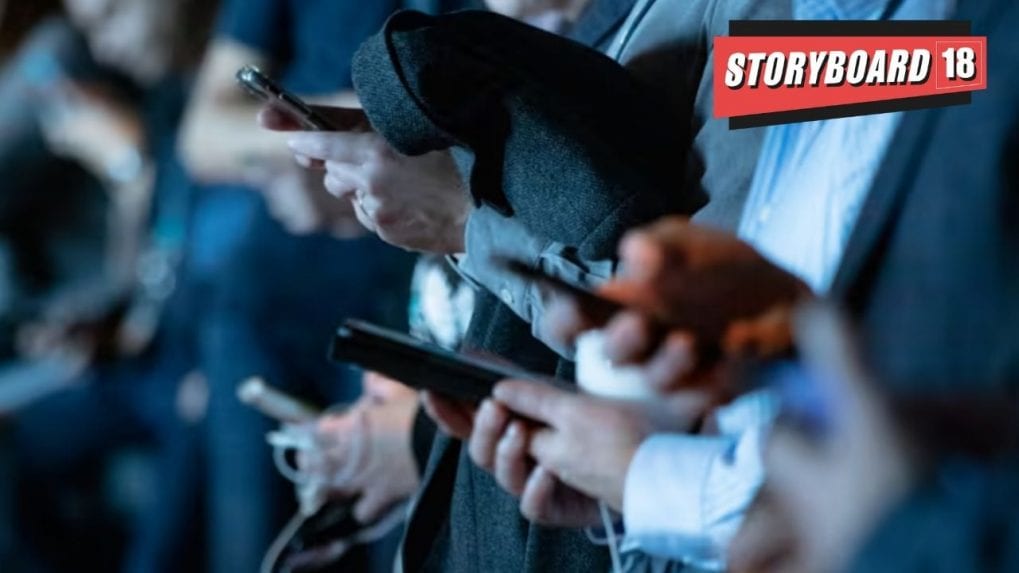Digital
Why OpenAI is hiring 100 ex-bankers: Inside the ChatGPT-maker's secret project to automate Wall Street's grunt work

India’s ambitious Direct-to-Mobile (D2M) broadcasting initiative is set to move into rollout phase by mid-2026, with commercial launches expected toward the end of next year. D2M’s ability to transmit high-quality content directly to mobile phones could ease bandwidth pressure on telecom networks and provide new monetization avenues for broadcasters.
The Ministry of Information and Broadcasting (MIB) has appointed Ernst & Young (EY) as the project management consultant to design the national D2M roadmap, including a sustainable revenue and business model. The initiative, led by Prasar Bharati, aims to enable multimedia content — including videos, news, and emergency alerts — to be broadcast directly to mobile devices without relying on internet connectivity, functioning much like FM radio for the digital age.
“Subject to regulatory clearances, we expect rollout by mid-year. By late next year, we should see a commercial launch of D2M services,” said Parag Naik, EVP of Tejas Networks (Tata Group of company), which has been at the forefront of developing and testing D2M technology in India.
The technology is expected to play a transformative role in bridging India’s digital divide, particularly in rural and remote areas with limited or no internet access.
In its submission to the Parliamentary Standing Committee on Information and Technology, the MIB confirmed that Prasar Bharati has signed a Memorandum of Understanding (MoU) with IIT Kanpur and Saankya Labs to collaborate on emerging broadcast technologies. Collaborative trials are currently underway in over 19 cities, using both high- and low-power transmitters to explore cost-effective delivery models, especially for Tier-II and Tier-III regions.
The committee has asked the ministry to provide regular progress updates and sought clarity on the outcomes of proof-of-concept trials already conducted in Mumnbai, Delhi and Bengaluru.
Adding momentum to the rollout, Intel and Tejas Networks have successfully integrated D2M capability into laptops, demonstrating how educational content can be streamed seamlessly without Wi-Fi or mobile data.
Naik noted that Prasar Bharati already operates a successful broadcast monetization framework through DD FreeDish, which sells channel slots to content providers via auctions — a model that could be adapted for D2M.
“Prasar Bharati already has a proven model through DD FreeDish, which sells channel slots to content providers. It’s essentially a B2B-to-C system that generates revenue through slot auctions and viewership-based pricing,” Naik said.
He added that EY may propose refinements or hybrid models that blend public service programming — such as education or information — with premium content streams like live sports, where latency and video quality are critical.
Naik also underscored D2M’s potential to reshape India’s digital media ecosystem by reducing dependence on global intermediaries like YouTube.
“More importantly, D2M offers direct-to-consumer access without intermediaries like YouTube, which take a large revenue share and influence content visibility. From a geopolitical and commercial standpoint, D2M empowers Indian broadcasters to reach audiences directly,” he said.
Industry analysts believe this could rebalance the power dynamics between Indian broadcasters and global tech platforms, opening new frontiers for local content distribution, advertising, and data sovereignty.
A high-level inter-ministerial committee — comprising representatives from the Department of Telecommunications (DoT), Ministry of Electronics and IT (MeitY), Department of Space, and MIB — is currently reviewing the proposal to ensure regulatory alignment and cross-sector coordination.
MIB Secretary Sanjay Jaju has earlier emphasized D2M’s potential to “democratize content access,” while TRAI Chairman Anil Kumar Lahoti has described the technology as a “viable alternative” for simultaneous content delivery in India’s ₹3.08 trillion media and entertainment market by 2026.
With pilot trials showing promise and policy deliberations in advanced stages, D2M could soon redefine how Indians consume digital video and live content — enabling mass reach without data dependency.
If executed on schedule, India could emerge as one of the first large-scale adopters of direct mobile broadcasting globally, marking a major leap in digital inclusion and broadcast innovation by mid-2026.
From purpose-driven work and narrative-rich brand films to AI-enabled ideas and creator-led collaborations, the awards reflect the full spectrum of modern creativity.
Read MoreIn a wide-ranging interview with Storyboard18, Sorrell delivers his frankest assessment yet of how the deal will redefine creativity, media, and talent across markets.